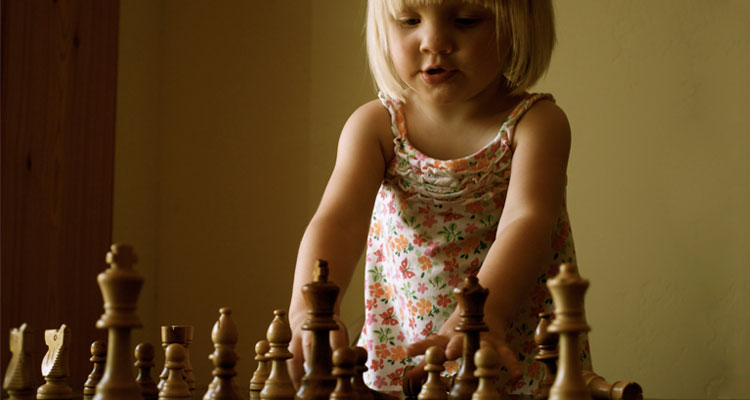Years ago, I ran a Chess Club at the school where I taught. I didn’t think there was more to it than giving students a chance to play a classic, challenging game.
Little did I know how valuable chess can be for developing critical mental and even emotional skills.
One Virginia high school math teacher and chess club coach, Ms. Jan Brandt, said in a recent article that chess is “probably the best game there is for developing logical, precise thinking.” She believes that chess:
- Encourages patience, memory, concentration, problem solving, and an understanding of consequences
- Demands inductive and deductive reasoning
- Requires that students break down a problem, then put it back together
- Involves recall, analysis, judgment, and abstract reasoning
- Improves decision-making
- Increases self-confidence and organizational habits
Experts have done a number of recent studies that show considerable benefits:
- A landmark study found that high school students who received chess instruction scored significantly higher in math, spatial analysis, and non-verbal reasoning ability.
- In a study of kids ages 6-16, students given chess instruction were compared to a similar group who played sports; the chess kids scored much higher on a variety of problem solving tests.
- A study in Italy of 568 elementary school students showed that those who studied chess did much better on “mathematics test items that required problem-solving skills on complex tasks.”
- A study in Germany among grade school students with IQs from 70 – 85 showed that chess instruction made a difference in their ability to do simple addition and counting tasks. The authors concluded “chess could be a valuable learning aid for children with learning disabilities.”
Since 2000, America’s Foundation for Chess (AF4C) has been promoting the use of chess in schools with its First MoveTM curriculum. While it’s in use at all grade levels, the organization’s Scholastic Director, Wendi Fischer, says it’s ideal for middle elementary students, and explains why:
“The minds and thinking skills of 8- and 9-year-olds are developing rapidly, and chess teaches higher level thinking skills such as the ability to visualize, analyze, and think critically. If you teach an adult to play chess, they quickly comprehend where they should and shouldn’t move pieces to capture or avoid capture. Young Kate knew the names of the pieces and how they moved, but initially moved her pieces randomly. Soon she was saying, ‘If I move my piece here, you could capture it, right? Then I’m not going to move there.’ You can almost see the mental changes taking place.”
So, what can parents and students do?
- Let’s start old-fashioned. Chess for Juniors by Robert M. Snyder gets super high ratings as a book for young beginners. And you can buy a basic chess set for under $20 online or in stores. If you don’t know chess, you can learn right along with your child and have something new to enjoy together.
- Does your school have a Chess Club? Naturally, that’s another great place to start, so students can get basic instruction and have peers to play with. Online schools in the K12 network have virtual Chess Clubs, a popular offering.
- Speaking of online, now it gets crazy. Crazy good. Chess.com and ChessClub.com are big chess communities where you can play online or download their apps. You can also play against friends, connect with other players at your level, or get live or virtual tutoring. Chess.com has freebie options.
- As for Chess game apps, no shortage at no- or low-cost. There are lists of recommended Chess apps for iPhone and iPad, and a list of Android apps for Chess. And, of course, read the user reviews to find the best match for your needs.
Finally, here’s how a computer beat the world’s greatest chess player.
In 1997, an IBM computer called Deep Blue® edged out a win against the reigning Grandmaster, Russian Garry Kasparov, which made headlines around the world. Deep Blue was programmed to explore 200 million possible chess moves each second! In the six game match, Kasparov won only one game, Deep Blue won two, and there were three draws. Remarkable! IBM has a site that tells more of the story.
This endlessly challenging game was first devised in India, 1500 years ago, and remains tremendously popular today. And with the evidence that it helps students get smarter, maybe it’s time you introduced your child to this brilliant and intricate mind-teaser of a game!
Image Credit – Seth Stoll / CC by 2.0





































